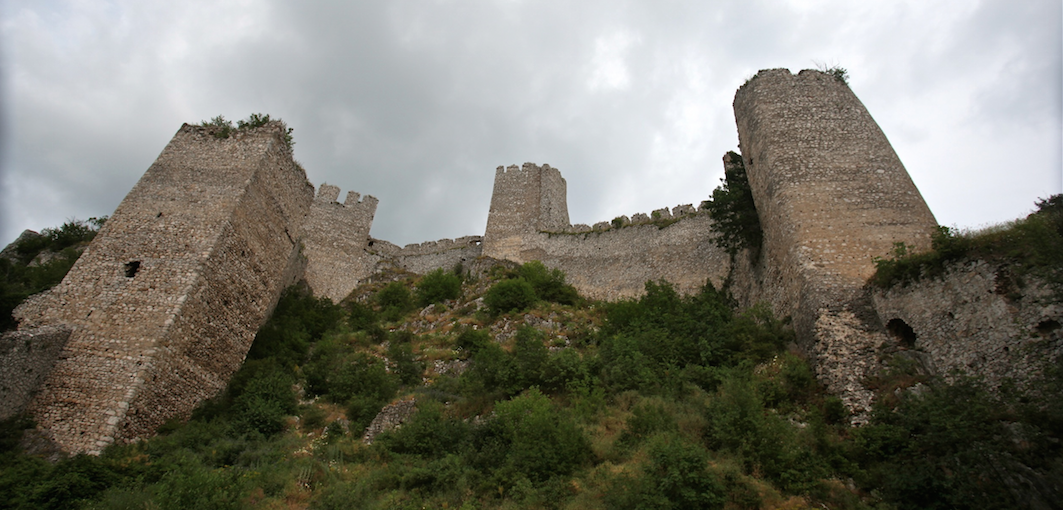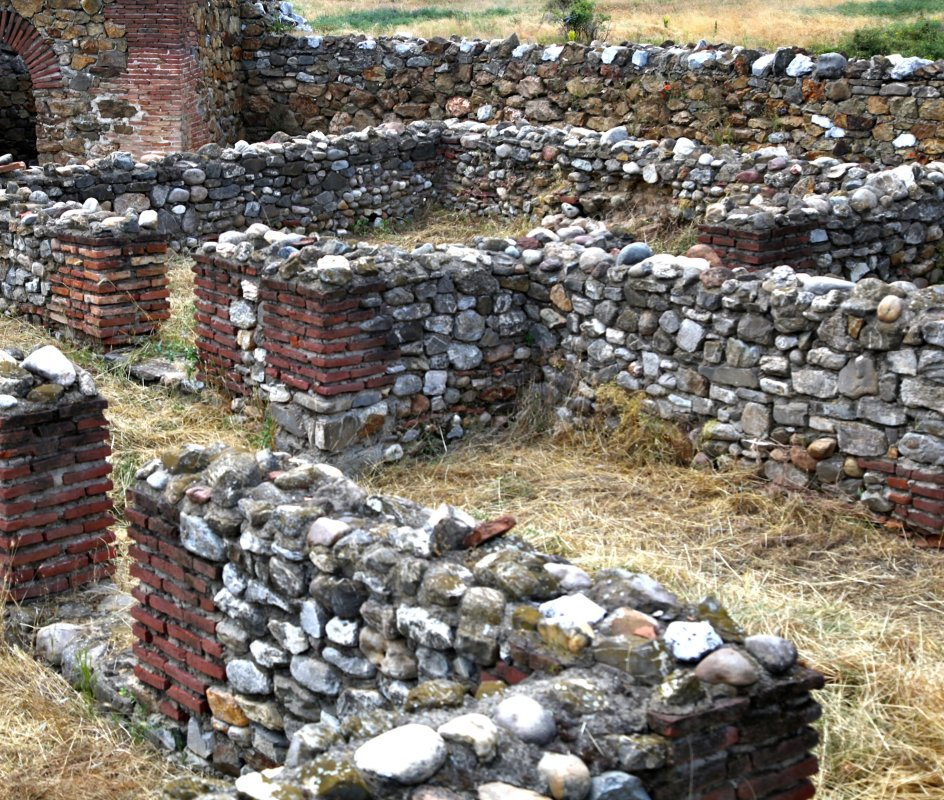
During a four-month trip this summer, my archival research took me to a number of prominent cities in the former Yugoslavia: to Belgrade, Serbia, as well as Tuzla and Sarajevo in Bosnia and Herzegovina. But while the cities of the ex-Yu are certainly loci of interest for researchers and tourists alike, in mid-June I decided to take a break from Belgrade for a weekend vacation to Djerdap National Park.
As one park guide put it, Djerdap proved to be a great place to discover “new places and the beauties of nature.” But it also served as a reminder for us urban people of the twenty-first century that rural spaces do not simply exist on the peripheries of either civilization or history.
Djerdap has served as a place of conquest and conflict, trade and industry, international cooperation and borders, and leisure and fun. Today, tourists to the park can enjoy and reflect these legacies too, while even becoming a part of it themselves.
The Djerdap National Park is located roughly a 4-hour drive from Belgrade, in northeastern Serbia along the Danube River. The park itself is roughly 640 square kilometers, and its landscape features a variety of mountains, forests, fields, lakes, and rivers. The park was established in 1974, one of many founded during the socialist period of Yugoslavia.
Djerdap is promoted as a touristic hotspot, alongside the region’s vibrant cities. As such, it not only protects a variety of plants, animals, natural features, and archaeological sites, it also offers infrastructure and a variety of outdoor activities for visitors, such as hiking, biking, fishing, and boating.
The main natural attraction of the park is “the Iron Gates,” a deep mountainous gorge and the narrowest point of the Danube River. Made actually of several “pinches” in the river, the banks of the gorge are the home of a roughly 8,000 year-old Mesolithic settlement called Lepinski Vir. Excavated in the late 1960s, the site revealed roughly 136 structures, including a central community with several temporary surrounding settlements. Tourist information suggests that for the people of Lepinski Vir, the gorge and the Danube perhaps served as a focus of spiritual life.
But, for later groups it became a symbol of conquest and power, as fortresses both up- and downstream from the Iron Gates attest. To hold the Iron Gates chokepoint meant to control the river itself, as a thoroughfare for travel and trade through the rough mountainous terrain of the region. The Golubac Fortress is one site evidencing this strategic interest, and, while the creator of the fortress is unknown, historical records suggest temporary (and often alternating) stewardship by the Romans and Byzantines, Bulgarians and Serbs, and later Ottomans and Hungarians. These waves of conquest each left their marks on the fortress, which grew and expanded over time to include 10 towers and the nearby village.
Downstream from the Iron Gates also lies the Roman Diana Fortress, located just outside the town of Kladovo. This fortress dates from around 100 CE, and was rebuilt several times as it changed hands over the next few centuries. Although it functioned primarily as a military stronghold, archaeologists have found evidence of civilian settlements inside the city.

Golubac and Diana both speak to the history of expansion and conquest in the Balkans. But the precarious location of these strongholds on testing terrains also speaks to the tremendous natural landscape of Djerdap, its strategic importance, and the commitment that it would have demanded to construct and staff these remote sites. As a tourist, one cannot help but to imagine what it would have been like to staff these fortresses. And time in Djerdap asks one to meditate on their history not just in terms of conquest of civilizations, but of the terrain itself.
In Djerdap, the connection between people and this natural environment spans into the 20th century as well. As irony would have it, my research in the Diplomatic Archive in Belgrade had brought me in touch with Djerdap prior to my weekend visit. In the mid-1960s Yugoslavia and Romania began a cooperative industrial effort to construct a dam and hydroelectric power plant on the Danube. Djerdap-I was finished in 1972, and is still operational today. The plant is located downstream from the Iron Gates, and within view from the Roman Diana fortress. At the time, it was a symbol of international cooperation, and today also functions as a border crossing between Serbia and Romania.
While the dam produced electrical power, pride, and cooperation between these two countries, the construction of the Djerdap-I powerplant and dam did have its costs. Portions of Golubac have since been flooded, the Lepinski Vir archaeological site had to be moved further up the river bank, and an entire island (Ada Kaleh) was completely submerged.
Today visitors often travel to places like Djerdap to escape from cities and crowds, but my own trip to Djerdap was much more than just an encounter with nature. Sites like Lepinski Vir, Diana, Golubac, and the Djerdap-I plant suggest that while national parks can be places of solitude and timelessness, they can also be spaces to think about human history, and its intersections with the environment.

